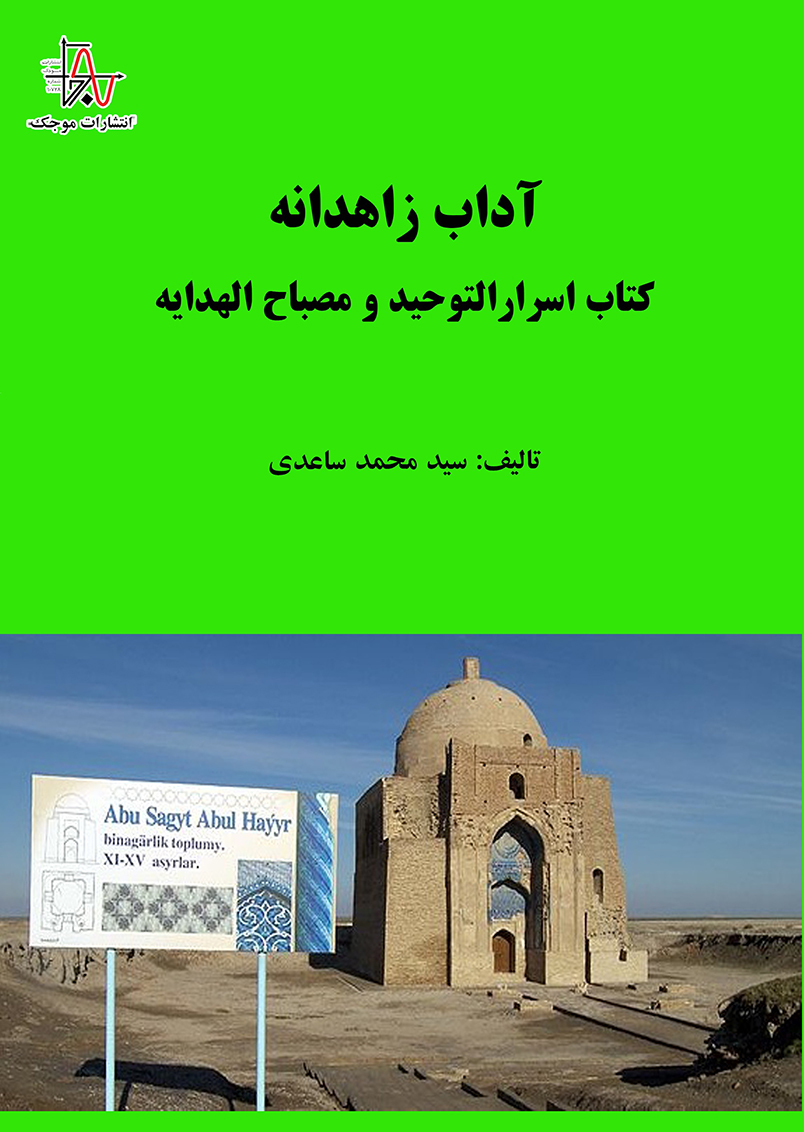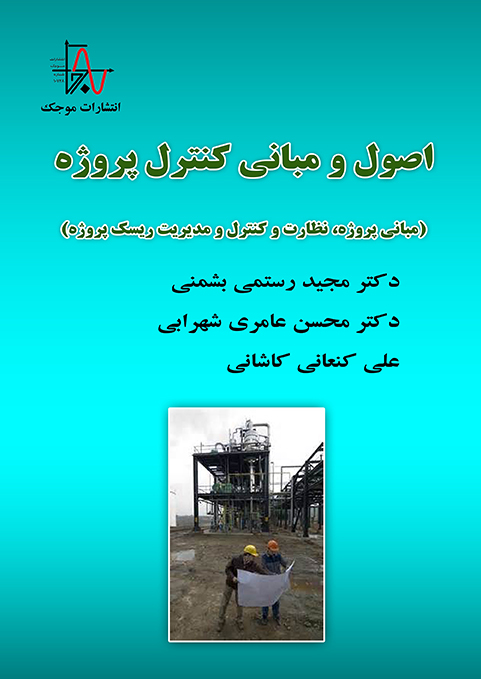ناشر : انتشارات موجک (ناشر دانشگاهی)
کد کتاب : M935
عنوان : آداب زاهدانه: کتاب اسرارالتوحید و مصباح الهدایه
تالیف : سید محمد ساعدی
مشخصات ظاهری : ۱۸۷ صفحه، قطع وزیری
چاپ اول : تابستان ۱۴۰۲، تيراژ : ۵۰۰ جلد
قيمت : ۲۶۶۰۰۰۰ ريال، شابک : ۱-۶۰۵-۹۹۴-۶۰۰-۹۷۸
حقوق چاپ و نشر برای ناشر محفوظ است.
————————————————————————————————————————————————————————————————————————–
Publisher: Mojak Publication (academic publisher)
Book code: M935
Title: Ascetic Manners: The Book of Asrar al-Tawheed and Misbah al-Hidaye
Written by: Seyyed Mohammad Saedi
Appearance specifications: 187 pages, ministerial cut
First edition: summer 1402, circulation: 500 volumes
Price: 2660,000 riyals, Shabak: 978-600-994-605-1
Copyright is reserved for the publisher.






نقد و بررسیها
هیچ دیدگاهی برای این محصول نوشته نشده است.